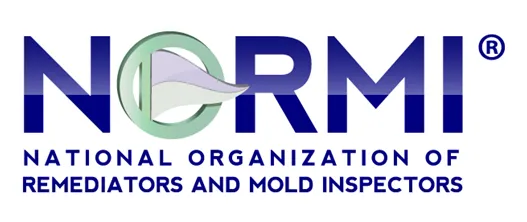
Understanding VOCs and TVOCs: A Comprehensive Guide to Indoor Air Quality
Introduction
Indoor air quality (IAQ) is a significant aspect of environmental health, with various compounds affecting it in different ways. Among these, Volatile Organic Compounds (VOCs) and Total Volatile Organic Compounds (TVOCs) are crucial factors. While they are related, there are distinct differences between the two. This article will explore these differences and their implications for indoor air quality.
What are VOCs?
Volatile Organic Compounds (VOCs) are a large group of carbon-based chemicals that easily evaporate at room temperature. VOCs are found in many everyday products, such as paints, cleaning supplies, building materials, and furnishings. Common VOCs include formaldehyde, benzene, and toluene. These compounds can have short- and long-term adverse health effects, varying from simple irritations to more serious impacts like liver, kidney, or central nervous system damage, and even cancer.
What is TVOC?
Total Volatile Organic Compounds (TVOCs) is a term used to describe the overall concentration of multiple VOCs present in the air at a given time. It is a cumulative measure that includes a wide range of organic chemical compounds. In IAQ testing and monitoring, measuring TVOC levels can give a general indication of the quality of the air in terms of organic compound pollution. However, it's important to note that the TVOC measurement doesn't identify individual compounds; it only provides an overall level.
Differences Between VOCs and TVOCs
Definition and Composition:
VOCs: Refers to individual volatile organic compounds with varying chemical structures and properties.
TVOCs: A cumulative measure representing the total concentration of multiple VOCs present in the air.
Health Implications:
VOCs: Each VOC has its specific health effects, ranging from eye and respiratory tract irritation to more severe effects like damage to the nervous system.
TVOCs: The overall level of TVOCs can indicate the potential for health effects but doesn’t specify the risks associated with individual compounds.
Measurement:
VOCs: Measured individually, often requiring specific tests for each compound.
TVOCs: Measured as a single value representing the combined concentration of all VOCs in the air.
Regulatory Standards:
VOCs: Many VOCs have individual regulatory standards or guidelines based on their specific health risks.
TVOCs: There are fewer regulatory standards for TVOCs, as they represent a broad range of compounds.
Implications for Indoor Air Quality
Understanding the difference between VOCs and TVOCs is essential for effective IAQ management. While TVOC measurements can provide a quick overview of the overall level of organic compounds, they do not replace the need for individual VOC analysis, especially when specific health concerns or regulatory compliance are in question.
Conclusion
VOCs and TVOCs are both critical in assessing and managing indoor air quality. While TVOCs offer a broader picture of air quality, understanding individual VOCs is crucial for addressing specific health risks and regulatory requirements. For homeowners, employers, and building managers, a balanced approach that considers both VOCs and TVOCs is essential for maintaining a healthy indoor environment.






